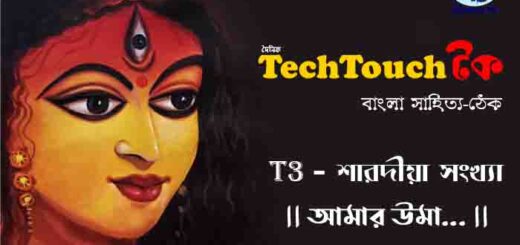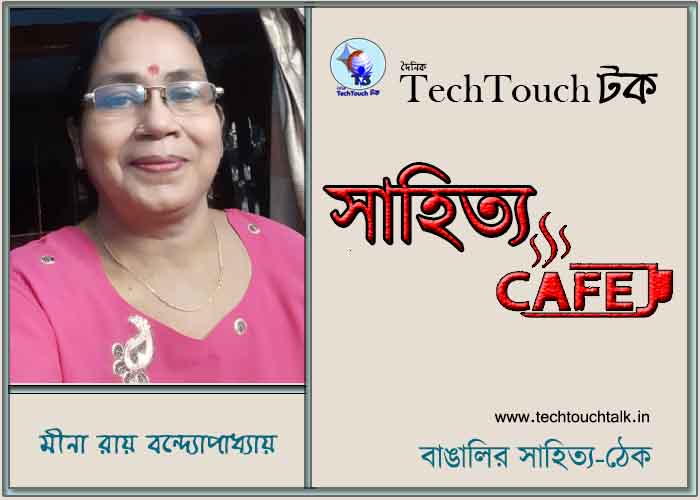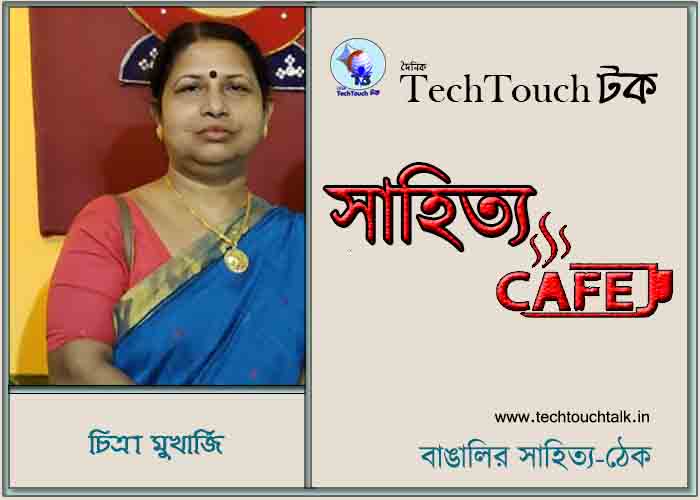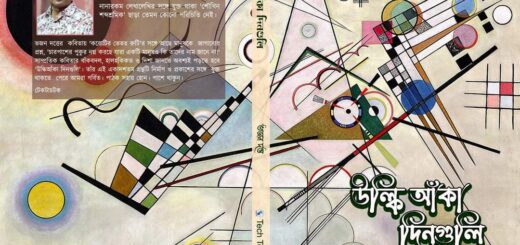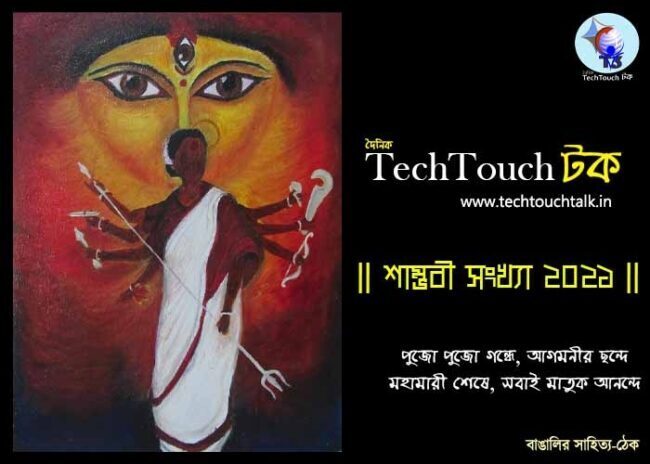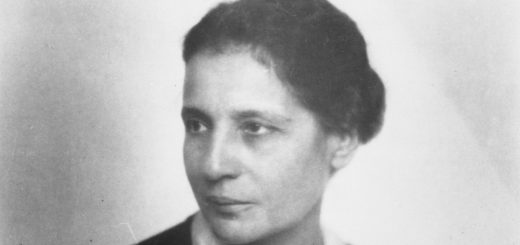T3 || আমার উমা || বিশেষ সংখ্যায় Gargi Saha
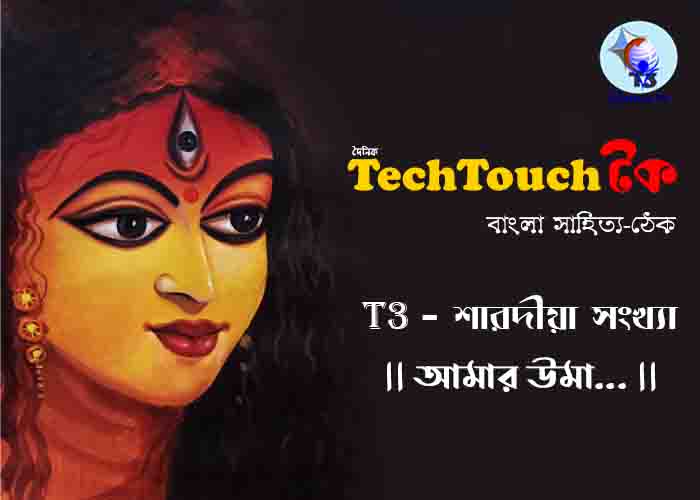
UMA – the embodiment of motherhood
To begin with, there is a need to understand the very concept of ‘motherhood’ in order to comprehend the same in the context of the expression Uma. Uma, is an appellation that has its origin in Sanskrit and translates to magnificence, light, serenity and glory.
How is motherhood or mothering depicted in Indian Society?
Motherhood is a state in which a woman experiences maternal obligations and responsibilities especially towards a minor. The ideology of motherhood is deep- rooted and is much beyond mere biological connotations. ‘Mothering’, a term that has been socially constructed in the late modern period, denotes a set of social practices and has been considered significant in nurturing and caring of the dependents which eventually helps in the development of identity. A mother’s role is intertwined with multiple duties of a nurturer, care giver, protector and educator. In other words, she is portrayed as a holistic occupational being.
In Indian culture, the role of a woman as a mother has been exalted and divinized since time immemorial. The mother is highly regarded as a manifestation of the gentle and benevolent feminine Goddess Uma, the supreme incarnation of Parvati, representing the nurturing spirit of a mother, the creator, the source of nourishment and energy.
Uma also symbolizes self-sacrifice or self-denial which is born out of affection. She is noble, generous and caring, empowering her to give up her own gains for the benefit of others and which ultimately leads to greater contentment and promotes well-being.
Motherhood from a metaphorical perspective
With respect to the aforementioned interpretation of motherhood, I would like to elucidate on the life story of a super woman who has dedicated her entire life in fostering and parenting the un-nurtured. Srimati Manjusree Saren, the founder secretary of ‘Binapani Ashram’, a voluntary organisation situated in a remote village in Sriniketan near Shantiniketan in Birbhum district of West Bengal, is the prime initiator behind the noble work to uplift the disadvantaged and impoverished girl children of the Santhal tribal community of that region.The Ashram is named after her deceased mother Binapani Devi who always wanted her daughter to be a ray of hope in the lives of the poor children of the weaker sections of the society. Since she came from a Bengali Brahmin community of the conventional society it was not possible for her to understand their plight and be of any help to them unless she became one of them and gradually she started to live with them and adapt herself to the tribal lifestyle and finally thought of tying the knot with one of the most educated Santhali boys of Sriniketan which was a rare phenomenon in those times. Giving up of one’s own culture and identity and sacrificing all the luxuries of life for the needs of others is not at all an easy thing to do. It is only possible for a strong and compassionate mother to give the children’s needs prime importance and doing away with her own and that is why Manjusree Saren is looked upon as a motherly personality and is affectionately addressed as Marango or the big mother in the Santali language.
Since three decades Manjusree Saren has been following her mother’s dreams and labouring intensively for the betterment of the deprived and also orphan children who are abandoned by their own families in order to make them acquainted with the mainstream culture and thus help them to acquire a social identity for themselves and be self-sufficient.
However, initially this path to altruism was not an easy feat. The Santali tribe like any other tribal community in India is quite backward and lags behind other social groups on various socio-economic parameters. Santhali tribal children of the Birbhum district have been in the darkness since several generations. It was Manjusree Saren who along with her husband Barka Saren took up the noble initiative to lighten up the lives of the helpless and needy girl children. In India, the tribal societies face serious and momentous challenges when it comes to accessing education at par with the society at large and this is primarily due to the lack of adequate infrastructure and resources in the schools which are mostly located in remote areas, with little or no access to basic amenities acting as a barrier for a conducive learning environment for the students. Binapani Ashram on the other hand is growing and is flourishing day by day under the mentorship of Manjusree Saren and is now identified as an educational and vocational training support system and also provides cultural and medical assistance to the tribal school going girls and the children of other backward classes. The ashram is now the new home to the underprivileged school going girls from the poor tribal and other families of the depressed classes. These girls are the first generation pupils of their societies. The girls are also trained in tailoring art, horticultural practices, knitting, and food preservation and computer applications. The resident girls of the Ashram are often seen to wear and proudly showcase their own self-knitted dresses. Language is no longer a barrier to them and they can confidently communicate in three other languages of the mainstream culture namely English, Bengali and Sanskrit besides their native language. The very first batch of resident girls are now well established in their lives after graduating from city based colleges and universities.
The Saren couple’s humongous efforts have reached and touched the hearts of many noble souls around the globe who have been helping in the growth of Binapani charitable trust by contributing and donating as much as they can and a few among them have become the benefactors of some of the resident girls of the Ashram.
